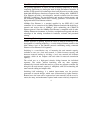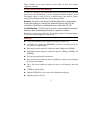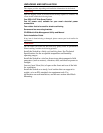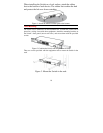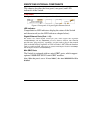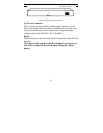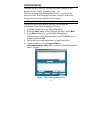
5
Today switches are an ideal solution to most kinds of local area network
congestion problems.
VLAN (Virtual Local Area Network)
A VLAN is a group of end-stations that are not constrained by their physical
location and can communicate as if on a common broadcast domain, a LAN.
The primary utility of using VLAN is to reduce latency and need for routers,
using faster switching instead. Other VLAN utility includes:
Security: Security is increased with the reduction of opportunity
in eavesdropping on a broadcast network because data will be
switched to only those confidential users within the VLAN.
Cost Reduction: VLANs can be used to create multiple broadcast
domains, thus eliminating the need of expensive routers.
Port-based (or port-group) VLAN is the common method of implementing a
VLAN, and is the one supplied in the Switch.
Features
16×10/100/1000Mbps Auto-negotiation Gigabit Ethernet ports
All RJ45 ports support auto MDI/MDIX, so there is no need to use cross-
over cables or an up-link port
Half-duplex transfer mode for connection speed 10Mbps and 100Mbps
Full-duplex transfer mode for connection speed of 10Mbps, 100Mbps, and
1000Mbps
Wire speed reception and transmission
Store-and-Forward switching scheme capability to support rate adaptation
and ensure data integrity
Up to 4K unicast addresses entities per device, self-learning, and table
aging
272KBytes packet buffer
Supports IEEE 802.3x flow control for full-duplex mode ports
Supports port-base VLAN








